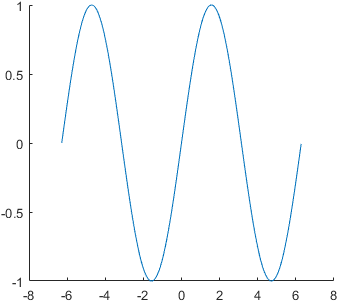
#SPACE BETWEEN AXIS AND LABEL MATLAB 2014A FULL#
However, a significant impediment to the optimal use of these systems has been the lack of high quality, full featured, and widely available ERP analysis tools.

This has led to a dramatic increase in the number of installed EEG/ERP systems. The last decade has seen an explosion in the development of commercial systems for recording the electroencephalogram (EEG), including inexpensive systems of good quality and more expensive systems with greatly improved features and performance (e.g., driven right leg circuits, 24- or 32-bit resolution, ultra-high input impedance). In addition, ERPs are relatively inexpensive to record and well tolerated by subjects who cannot easily participate in fMRI studies. ERPs provide a non-invasive means of measuring brain activity in humans, and its millisecond temporal resolution and coarse spatial resolution complement the coarse temporal resolution and fine spatial resolution of functional magnetic resonance imaging (fMRI). The event-related potential (ERP) technique is widely used in basic and translational research on sensory, cognitive, affective, and motor processes ( Hillyard and Picton, 1987 Rugg and Coles, 1995 Kutas and Dale, 1997 Luck, 2005, 2012b Luck and Kappenman, 2012). Several forms of documentation are available, including a detailed user’s guide, a step-by-step tutorial, a scripting guide, and a set of video-based demonstrations. Consequently, ERPLAB provides both ease of use and virtually unlimited power and flexibility, making it appropriate for the analysis of both simple and complex ERP experiments. ERPLAB’s tools can be accessed either from an easy-to-learn graphical user interface or from MATLAB scripts, and a command history function makes it easy for users with no programming experience to write scripts. ERPLAB also provides robust tools for averaging EEG segments together to create averaged ERPs, for creating difference waves and other recombinations of ERP waveforms through algebraic expressions, for filtering and re-referencing the averaged ERPs, for plotting ERP waveforms and scalp maps, and for quantifying several types of amplitudes and latencies.

ERPLAB adds to EEGLAB’s EEG processing functions, providing additional tools for filtering, artifact detection, re-referencing, and sorting of events, among others. ERPLAB is closely integrated with EEGLAB, a popular open-source toolbox that provides many EEG preprocessing steps and an excellent user interface design. Department of Psychology, Center for Mind and Brain, University of California-Davis, Davis, CA, USAĮRPLAB toolbox is a freely available, open-source toolbox for processing and analyzing event-related potential (ERP) data in the MATLAB environment.


 0 kommentar(er)
0 kommentar(er)
